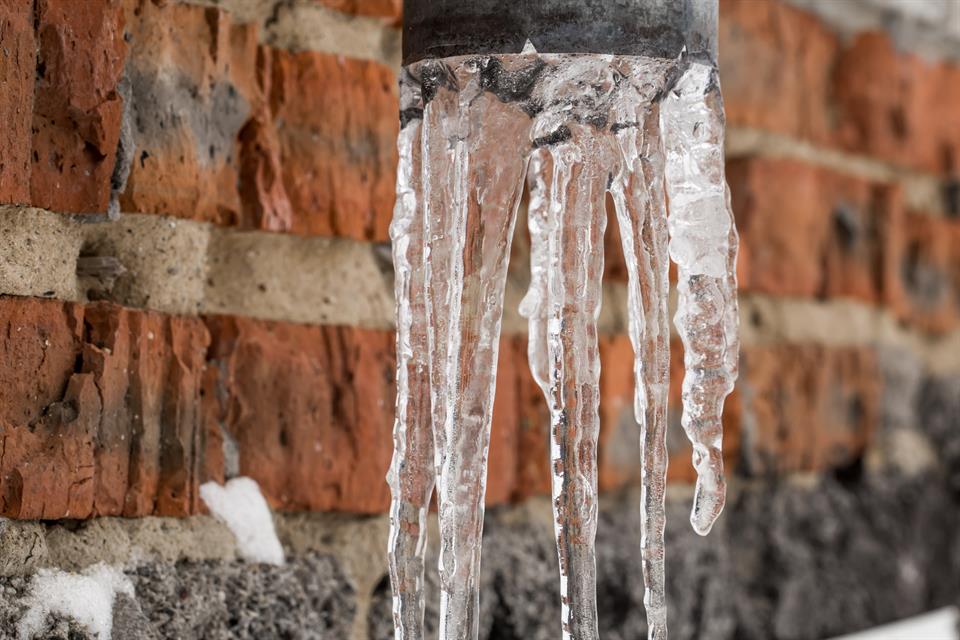Insurance Companies and Hurricanes
Pre-Hurricane Preparation
Insurance companies implement comprehensive preparation protocols before hurricanes make landfall. Most insurers activate catastrophe response teams 48-72 hours before predicted hurricane arrival, mobilizing additional adjusters, support staff, and equipment to affected regions. Companies establish temporary claim processing centers in safe locations outside expected impact zones while ensuring communication systems remain operational. Many insurers implement binding restrictions that prevent new policy issuance or coverage modifications once hurricanes track within predetermined distances of specific areas. Pre-positioning resources include staging mobile claim units, securing generator-powered communication equipment, and coordinating with preferred contractor networks for rapid damage assessment capabilities.
Claims Processing During Events
During active hurricane conditions, insurers focus on maintaining operational capacity and ensuring employee safety while preparing for massive claim influx. Most companies suspend normal business operations in directly threatened areas, evacuating offices and activating remote work protocols for essential personnel. Emergency claim reporting systems receive an enhancement to handle dramatically increased call volumes, with many insurers implementing automated systems and mobile apps to facilitate claim submission when traditional communication fails. Companies coordinate with emergency management agencies to avoid interfering with life-safety operations while positioning resources for immediate post-storm deployment. Priority systems triage claims based on life safety concerns, with uninhabitable properties receiving expedited attention over cosmetic or minor damage claims.
Post-Hurricane Response
Following hurricane passage, insurers deploy catastrophe response operations designed to handle thousands of simultaneous claims. Temporary claim processing facilities are open throughout affected regions and staffed with adjusters from unaffected areas who specialize in storm damage assessment. Many companies implement expedited claim processing procedures that bypass standard documentation requirements for obvious storm damage, enabling faster initial payments to displaced policyholders. Mobile claim units deploy to hard-hit neighborhoods where traditional infrastructure remains compromised, bringing claim services directly to affected communities. Aerial surveillance using drones and aircraft helps insurers assess regional damage patterns and prioritize adjuster deployment to areas with the highest concentrations of severe damage.
Financial Risk Management
Insurance companies employ sophisticated financial strategies to manage hurricane-related claim costs and maintain solvency during catastrophic events. Reinsurance arrangements transfer portions of hurricane risk to specialized reinsurance companies, protecting primary insurers from catastrophic losses exceeding their financial capacity. Many insurers participate in state-sponsored catastrophe funds or purchase industry-sponsored catastrophe bonds that provide additional financial resources during extreme loss events. Reserve management involves setting aside substantial funds specifically for hurricane season, with companies adjusting reserve levels based on seasonal forecasts and accumulated exposure. Some insurers implement geographic risk limits that restrict their total exposure within hurricane-prone regions to prevent concentration of catastrophic risk beyond manageable levels.






